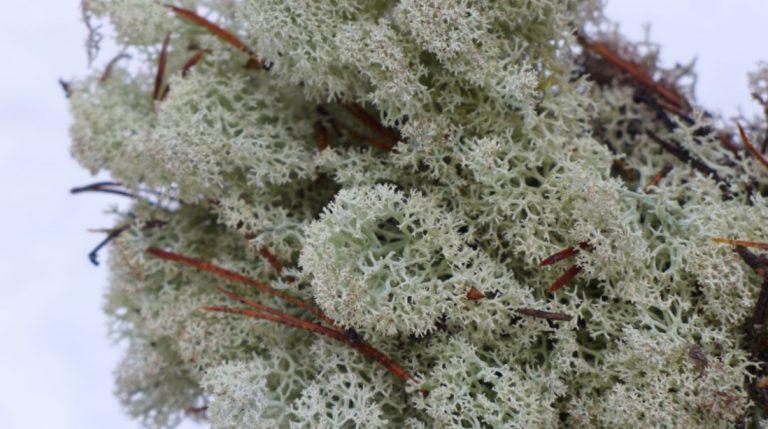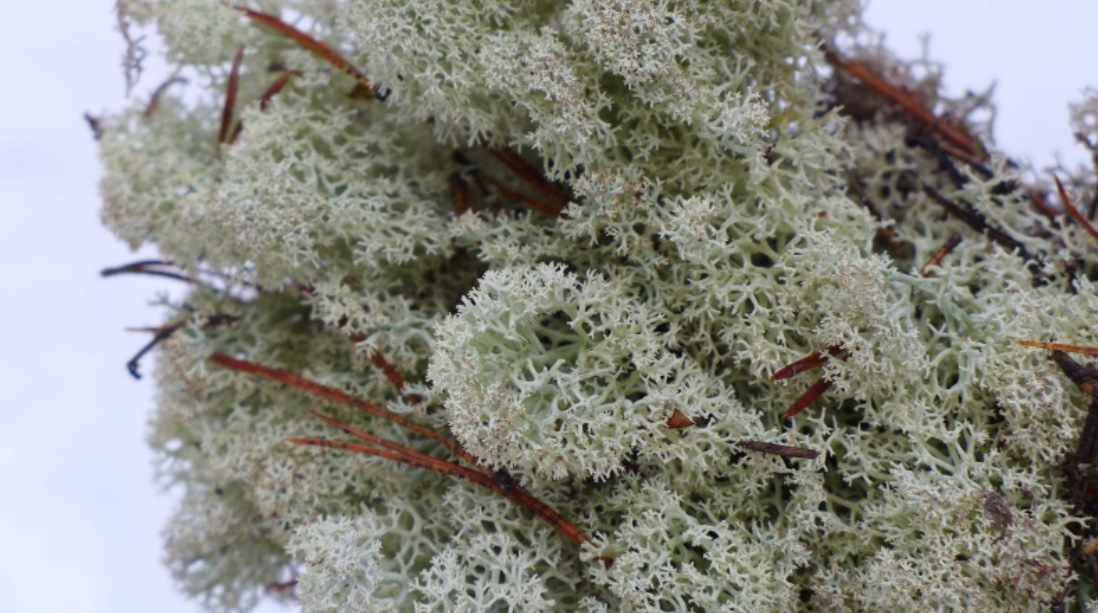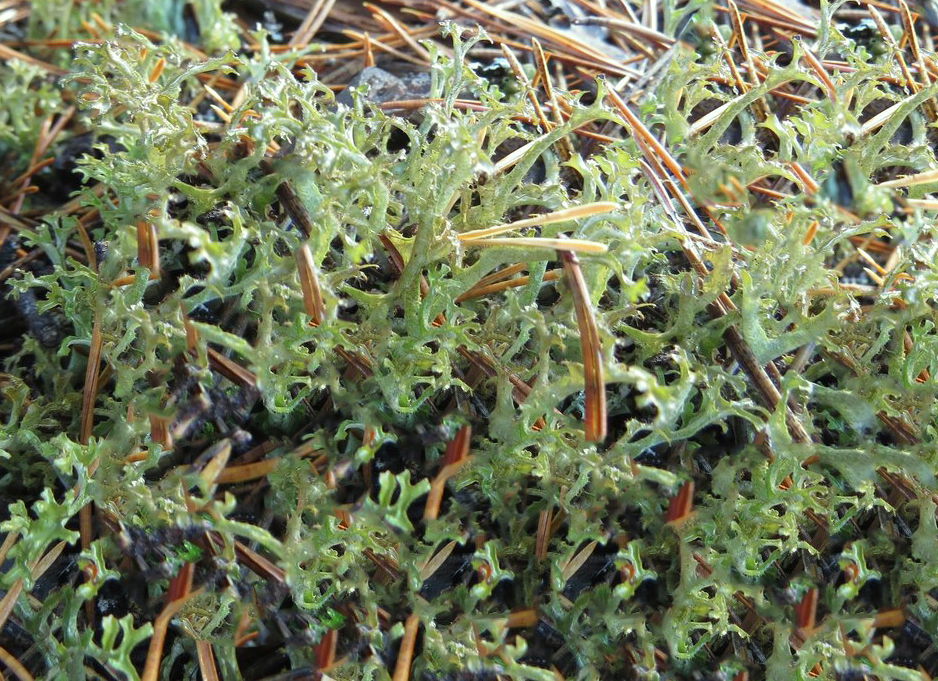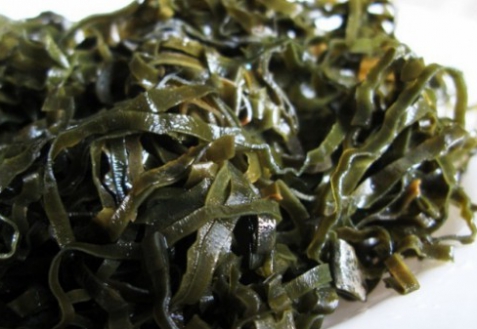The sea buckthorn now shines bright orange from the meter-high bushes. The sour berry is also known to many as the “Lemon of the North”: It has earned this nickname because it is full of vitamin C. EAT SMARTER explains here why sea buckthorn is so healthy and which products you can use it for.
Sea Buckthorn: “Lemon of the North”

Sea buckthorn belongs to the willow family and also goes by the names red sloe, willow thorn, or lemon of the north. On the North Sea and Baltic Sea, the small berries are mainly found on the coastal strips – or in local gardens. Only female shrubs, which can grow up to five meters tall and four meters wide, bear the bright fruits. Therefore, two female and one male sea buckthorn bush must always be planted together in order to be able to harvest plenty of berries.
Harvest sea buckthorn
Autumn is the perfect season for sea buckthorn harvesting. From mid-September, hobby gardeners and harvest workers have almost four weeks to harvest the lemon of the north. Because the precious, orange-colored berries quickly become overripe: the valuable vitamin C content then decreases rapidly and butyric acid is produced, which makes the sea buckthorn inedible. The harvest itself is manual work. The hard-working helpers separate the supporting branches from the bushes, strip or shake off the berries and transport the harvested crops to the freezer: the sea buckthorn is frozen to minus 120° degrees, making it more durable.
Process the “Lemon of the North”
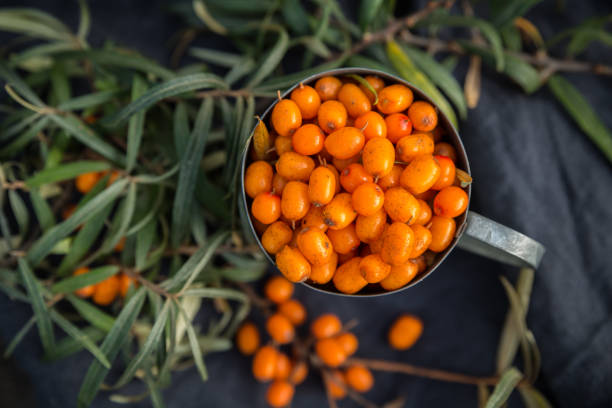
Thanks to the strong sour taste of the sea buckthorn, the berries are not only eaten pure, but also processed in large numbers. As a juice, sea buckthorn jelly, sea buckthorn smoothie, or sea buckthorn jam, the sea buckthorn is then available in the supermarket or homemade in the kitchen cupboard. The combination of sea buckthorn with, for example, apricots, oranges, or apples ensures a great taste experience.

